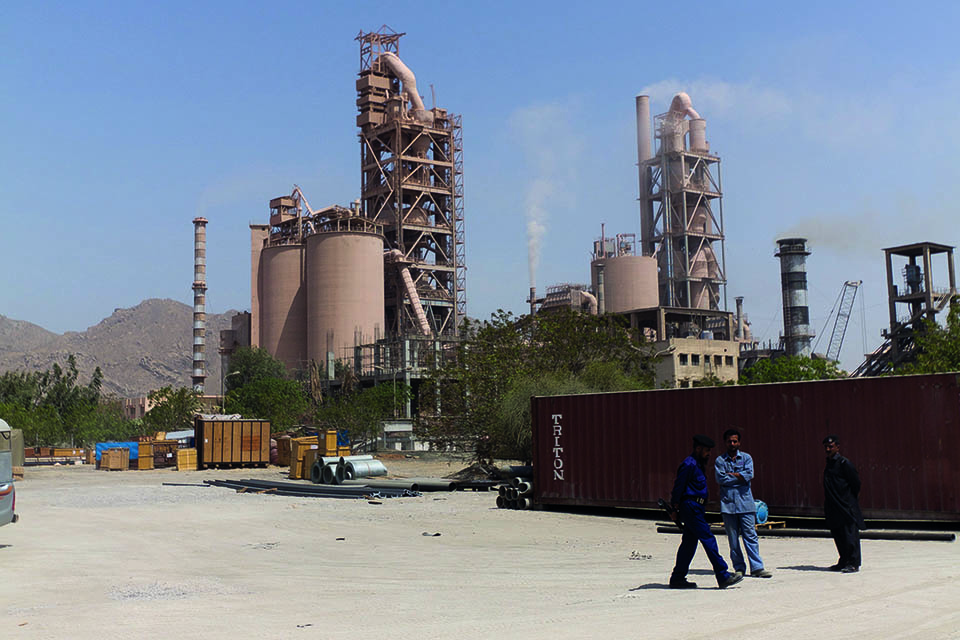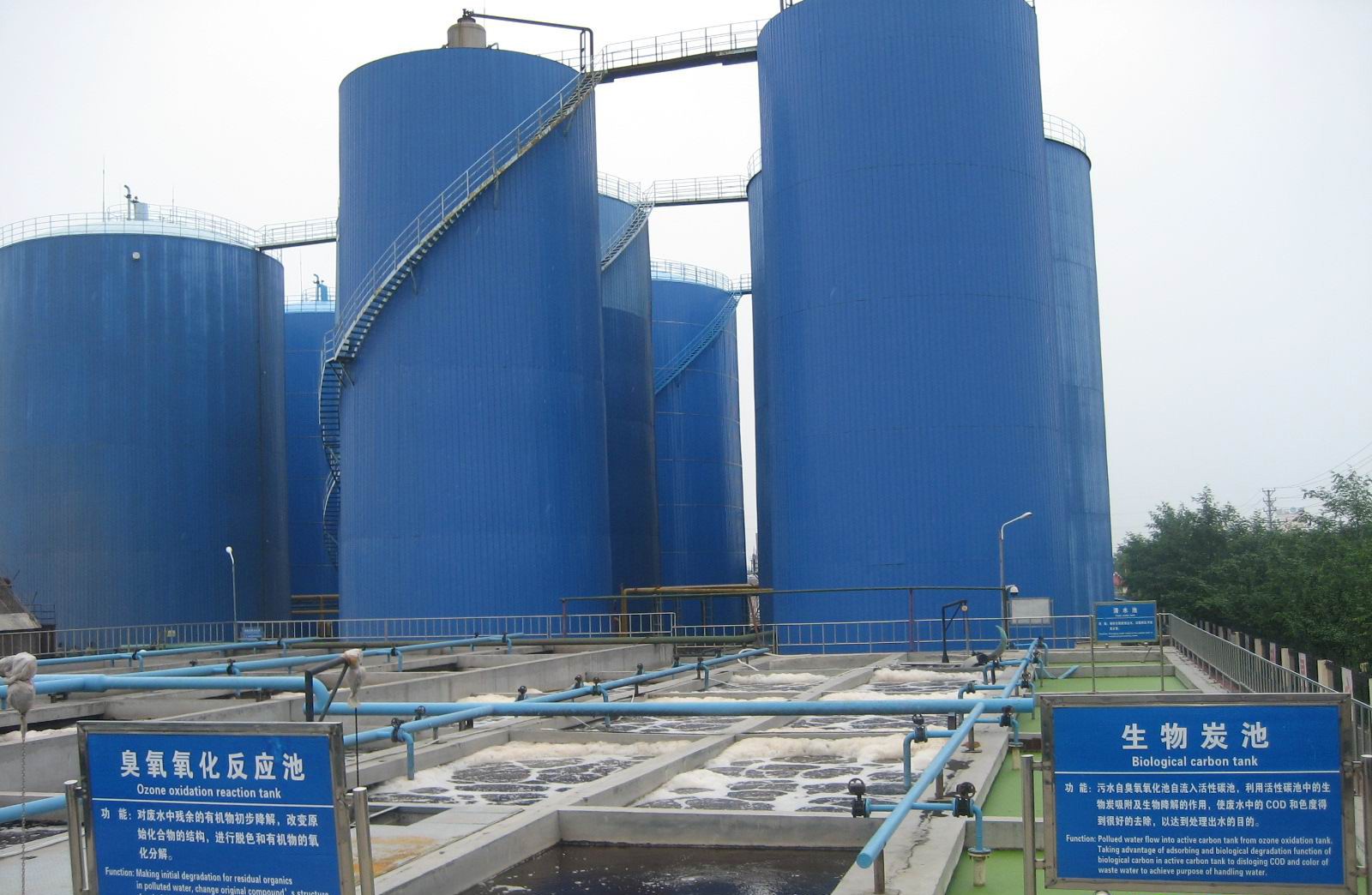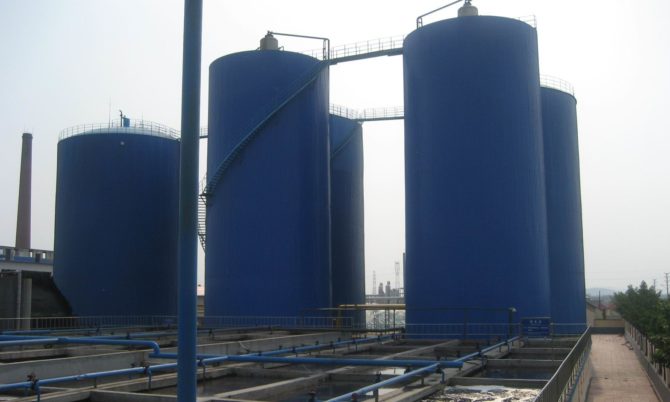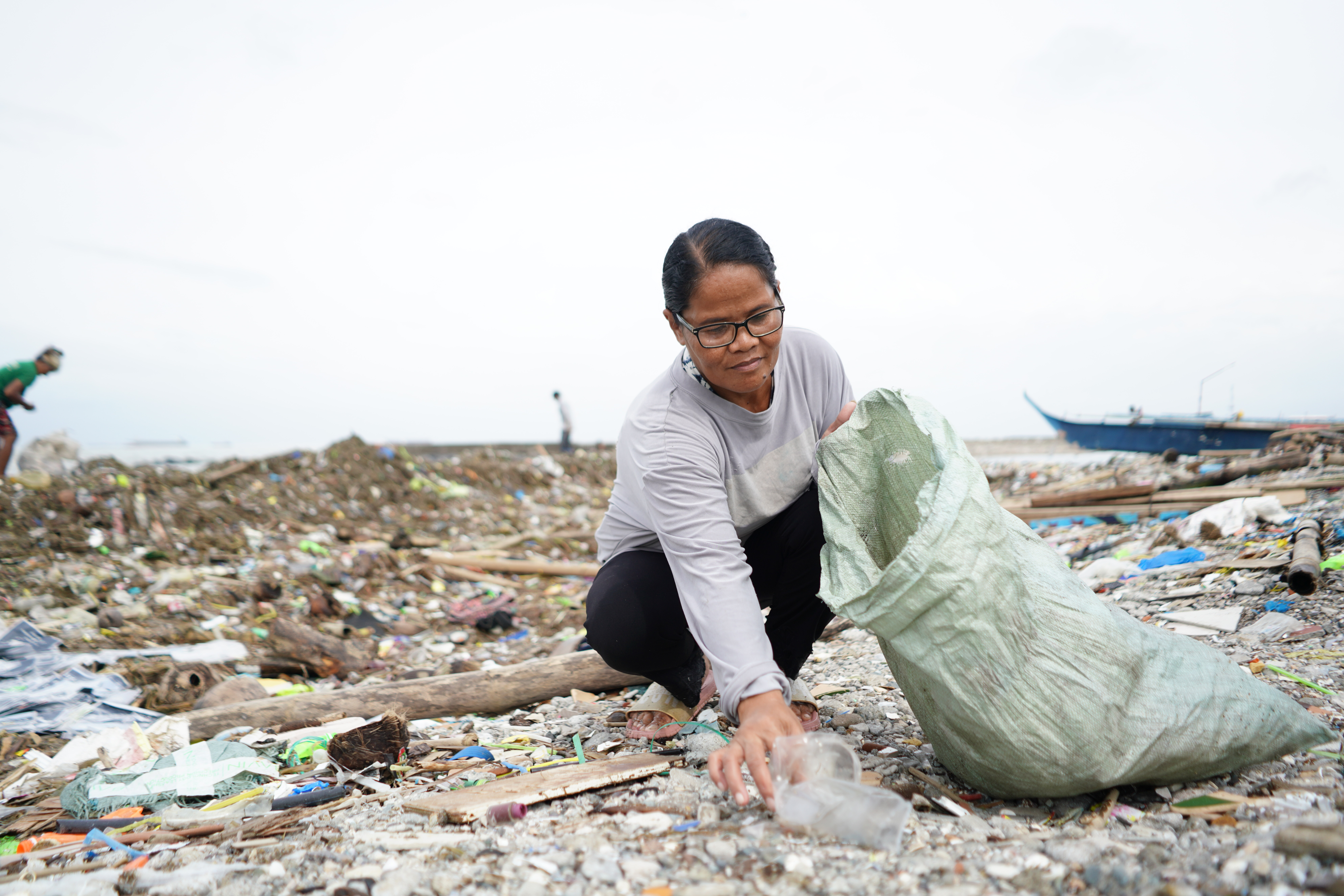

Richeast WWT Methane Recovery Project
Industrial Wastewater Treatment and Methane Recovery

Industrial Wastewater Treatment and Methane Recovery
Industrial Wastewater Treatment and Methane Recovery
The “Methane Recovery and Utilization Project of Shandong Richeast Biotechnology Co., Ltd. in Wastewater Treatment” is developed by the Shandong Richeast Biotechnology Co., Ltd. It is a wastewater methane recovery, electricity generation and heat production project located in Linyi City, Shandong Province, in the People’s Republic of China.
The project is implemented as a new facility (Greenfield project), which was started in July 2008. It produces about 50,000 tonnes/year of alcohol from cassava, and generates about 1,500 m3/day of wastewater containing as much as 50,000mg/L of COD.
In the absence of the project activity, the most common and cost-effective measures for wastewater treatment, electricity utilization and heat production for the alcohol industry in this region, namely, an open anaerobic lagoon, purchasing electricity from grid and the heat provided by a coal-fired boiler, would be taken.
Therefore, the project will reduce greenhouse gas (GHG) emissions through avoidance of methane emissions to the atmosphere from wastewater treatment in open lagoons and a reduction of fossil fuel consumption.

The Shandong Richeast WWT Methane Recovery Project will install UASB and IC reactors as a sequential wastewater treatment system for alcohol wastewater treatment. The treated water from the anaerobic system will be further treated in the subsequent aerobic and other wastewater treatment facilities so as to meet the local wastewater discharge standards (500mg/L of COD), and then discharged to the local wastewater treatment plant for further cleansing. In addition, the project activity will also install a boiler and a biogas-fuelled generator (0.5 MW of total installed capacity) to produce steam and electricity by utilizing biogas recovered from the anaerobic reactors.
It is estimated that the project will annually generate over 3,000 MWh of electricity energy to displace part of the electricity purchased from the North China Power Grid, save more than 5,000 t of coal and reduce approx. 71,000 tCO2e of GHG annually, in combining methane emission avoidance of 58,000 tCO2e, biogas based heat production of 10,000 tCO2e and biogas based electricity generation of 3,000 tCO2e.
This project started its operation on the 11th of August, 2009.
If you have any inquiries
about our service
